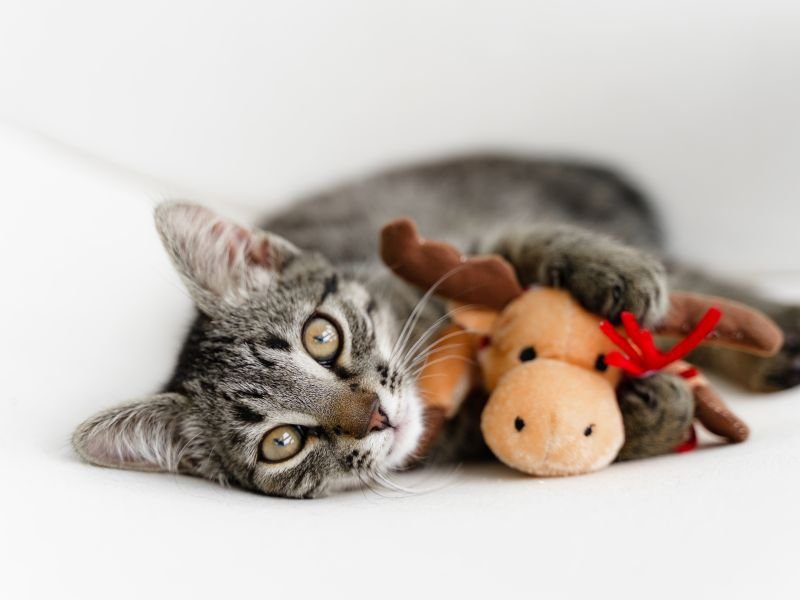How to Design a More Pet-Friendly Home
As many interior decorators tell you, the most important factor to consider when creating your perfect space is your lifestyle. How much time do you spend in a room? How do you live in it? And what is the purpose you want your room to serve? These are all crucial things to consider before you design a new space. Don’t forget to remember that a household pet is part of your family.
No matter what kind of pet you have, you want them to feel safe, secure, and comfortable in your home. After all, it is their home, too. But, let’s face it, pet food bowls, toys, and pet care products are not always the most attractive or sophisticated looking home decor items. The question is, how can you better integrate your pet’s essentials when you may not have the space or capability to redesign your home with your furry friend in mind?
There are plenty of upgrades you can make, either by yourself or with the help of a professional designer. This will dramatically improve your home’s functionality for both you and your four-legged family member.
Mudrooms
Mudrooms are some of the most popular spaces for pet owners to store their animals’ belongings. There are a few good reasons to keep and organize your pet’s things there. These rooms are conveniently located near a door to the outside, they often contain a washing machine and sink, and they’re out of sight.
Built-ins can help maximize the efficiency of this room. For example, a built-in kennel for your puppy can be achieved by hollowing out the space under an existing counter and placing their crate inside. To conceal the kennel even more, you can remove a large portion of a cabinet, install or place cushioning along the bottom, and attach a cage wall that will close off the area and keep your pet secure and comfortable inside.
Dining Area
Food and water bowls can clutter your kitchen and take up a good deal of space. One great solution is to install a low pull-out drawer that is accessible to your pet. Keep it closed when they’re not eating, and you’ve simultaneously concealed the bowls while increasing floor space.
If space isn’t a problem but the exposed bowls feel like an eyesore, there are plenty of ideas to prevent them from detracting from your kitchen’s look and feel. You just need to be strategic about how to place the items. For example, you can cut holes in a panel of wood for the bowls, paint it a stylish color that matches or coordinates with your kitchen, and attach the plank to the bottom of your island or to the side of a ground-level cabinet. This will help your pet’s feeding area blend in flawlessly with the rest of the area while keeping messy bowls off your floor.
Sleeping Space
As pet owners know, many pets prefer to sleep with their owners instead of in their bed. However, by creating an extra-spacious and cozy sleeping zone for them, you can increase the odds that they’ll sleep in the area you’ve created.
Like us, animals like to sleep in a place that feels safe and comfortable. So, first and foremost, make sure the bed and area you choose are conducive to their needs. Older dogs, for example, may benefit from an orthopedic-type bed, while cats like to lounge in warm and sunny spots.
There are so many different types of pet beds available, so be intentional about one that blends in with the rest of your decor once you’ve allocated space for your pet’s bed. A space that’s very neutral and traditional should include a bed in a warm tan or brown color, and a colorful or patterned bed works well for a modern and colorful space.
Potty-Time
If you own a cat, you know litter box areas can be messy. Fortunately, you can upgrade yours by applying a concept like the built-in dog kennel. For example, create a hidden potty area by clearing out a cabinet in your mudroom. Find a cat flap that fits your feline’s litter box size and measure the flap’s dimensions on your cabinet door. Cut the shape out of the door and install the flap. Once it’s installed, place the litter box inside and make sure your cat can easily get in and out. Leave the cabinet’s door closed to prevent litter from spilling onto your floor and keep odors at bay.






